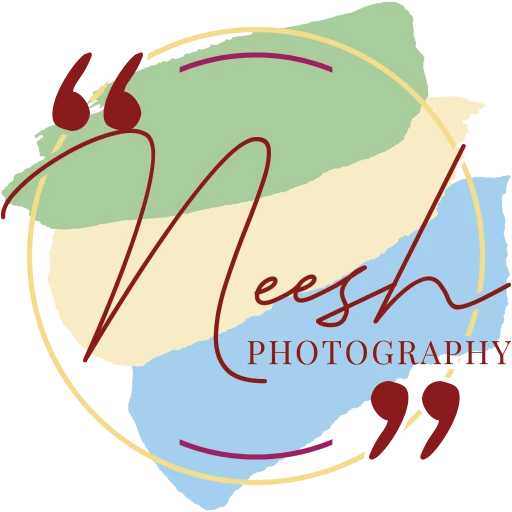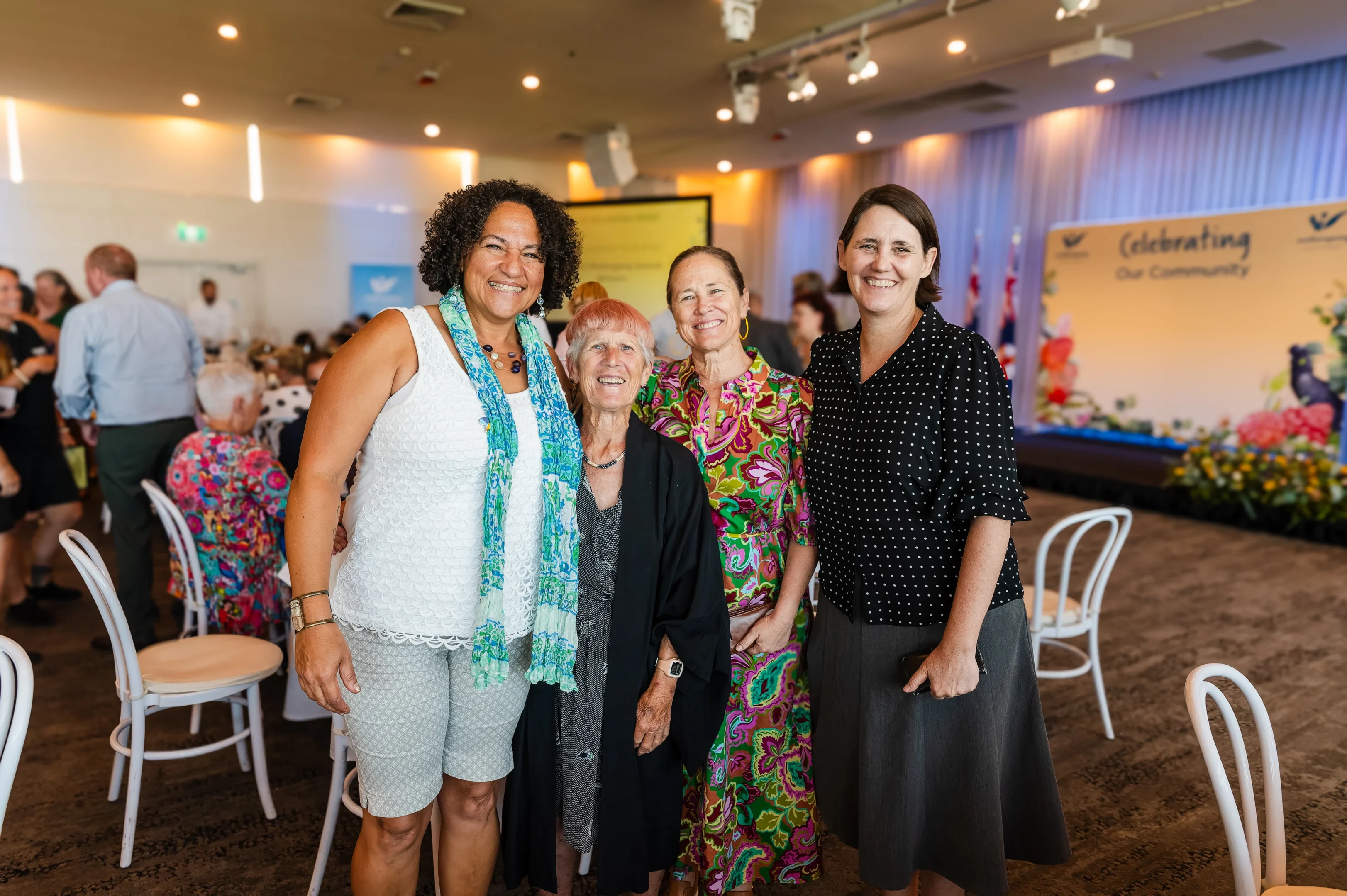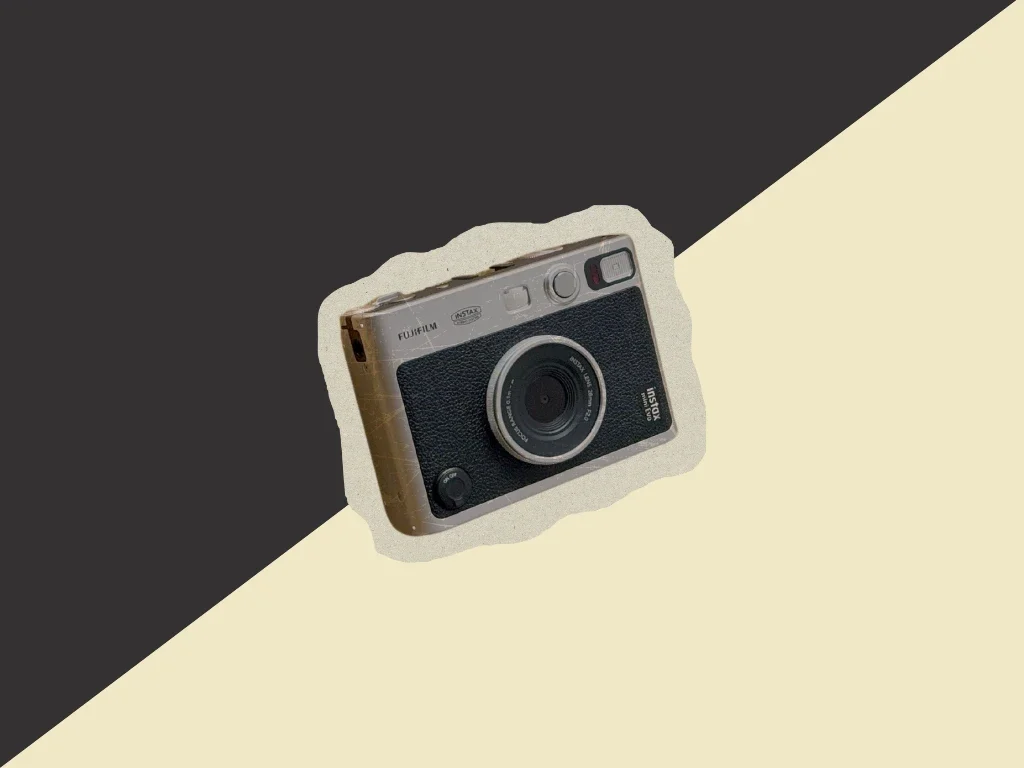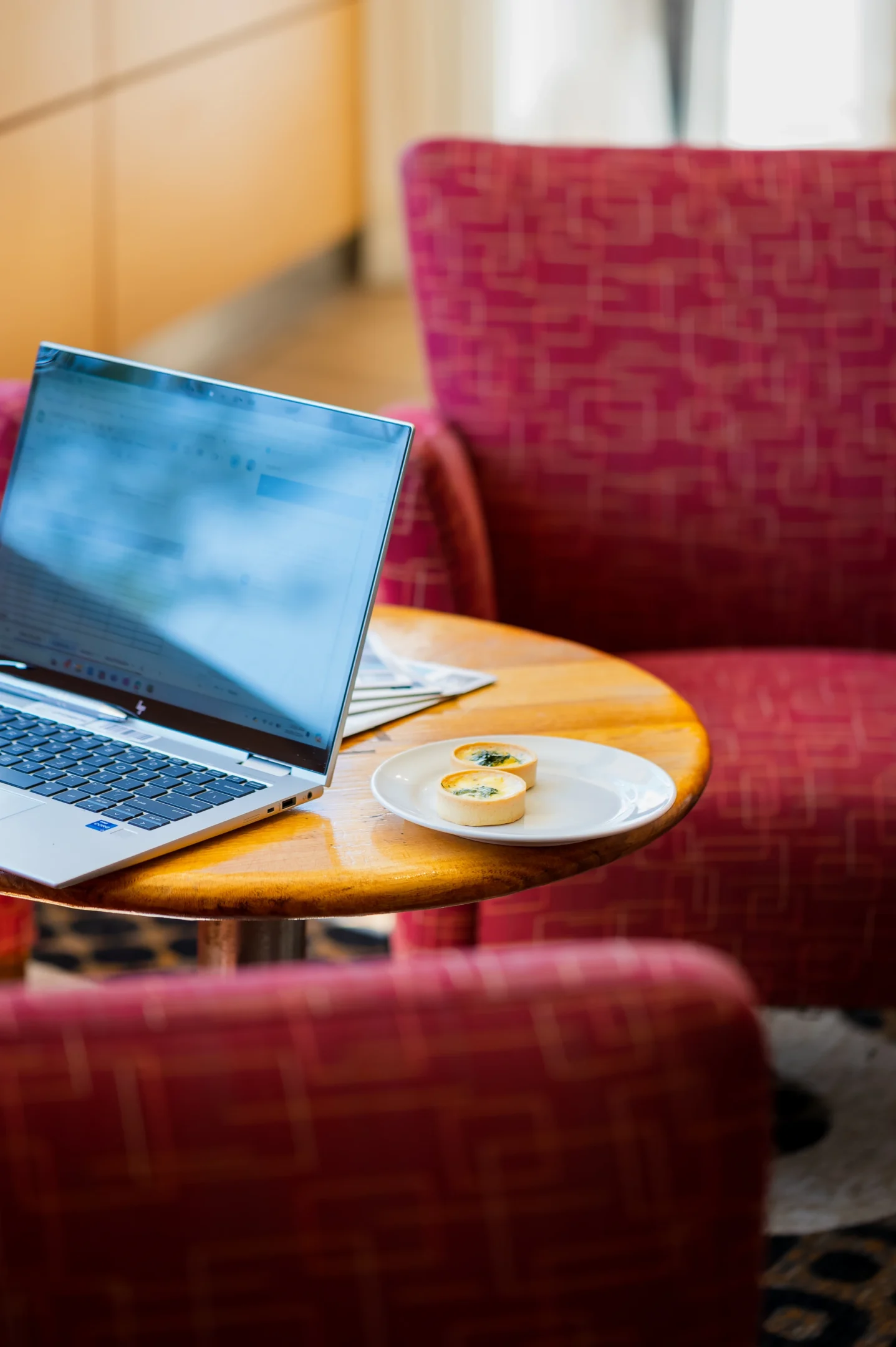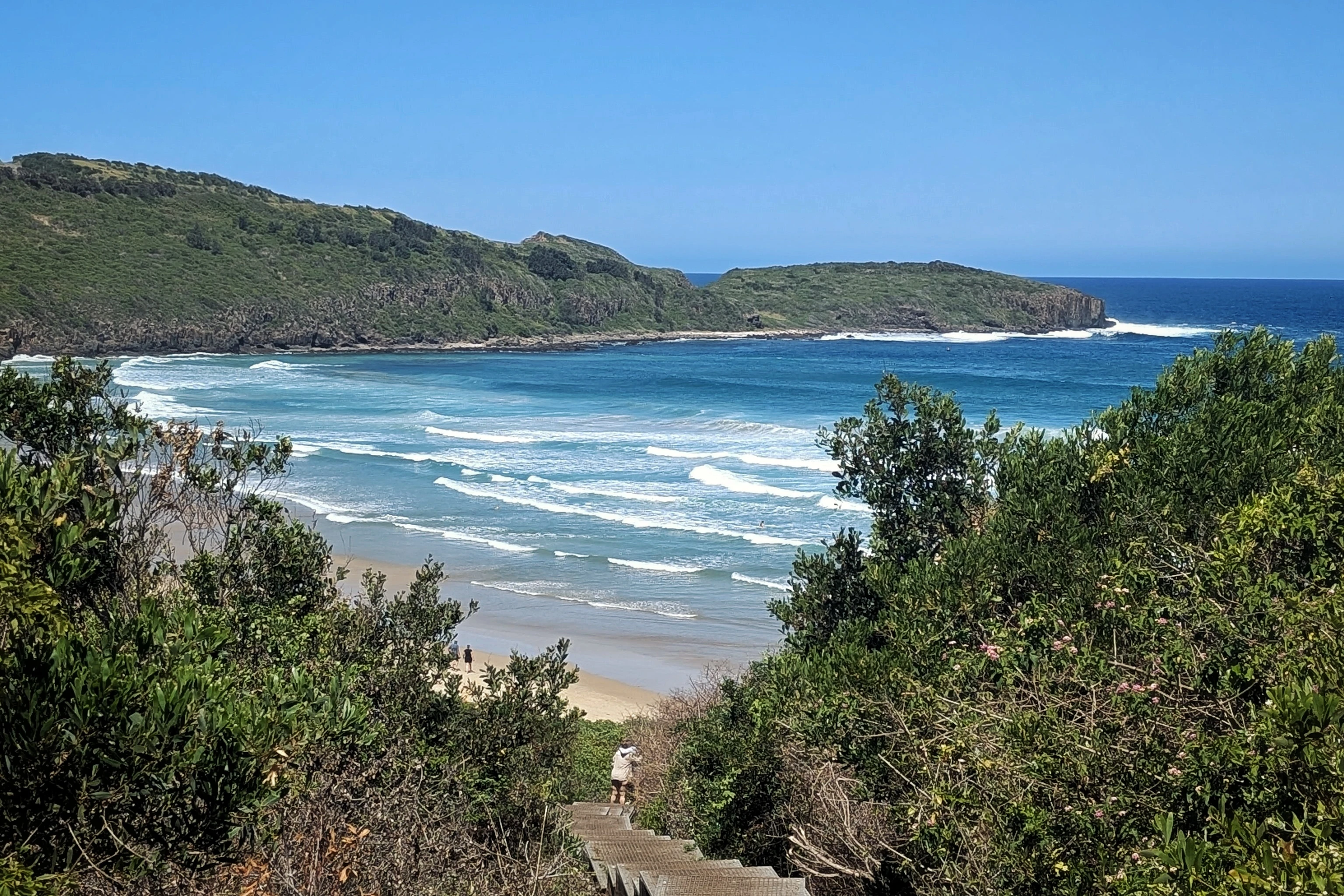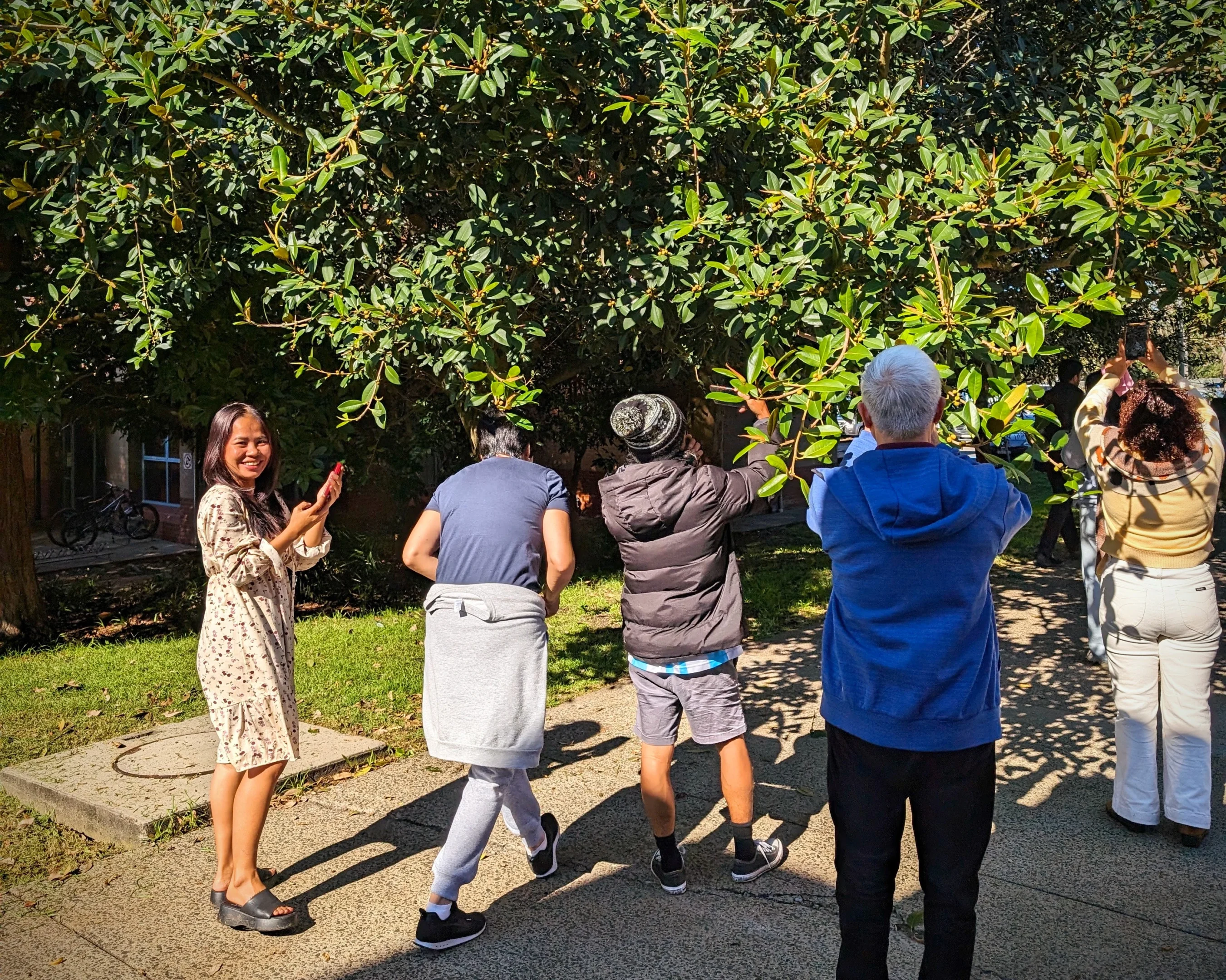2nd December, 2025
Event photography is one of my favourite ways to connect with people and tell the story of a community. But let’s be real: walking into a crowded room with a camera in hand can feel intimidating, especially if you’re new to the scene. Over the years, I’ve learned a few tricks for getting comfortable, capturing authentic moments, and making sure everyone feels at ease—myself included!
Getting Comfortable at Events
First things first: nerves are normal! Whether it’s a music gig, a community fundraiser, or a formal conference, every event has its own unique energy. I always arrive early to get a feel for the space, check the lighting, and introduce myself to the organisers. This helps me blend in and gives me a chance to scope out the best spots for shooting.
For example, when I photographed the Planning Institute Australia NSW Conference, I made a point to walk through the venue before delegates arrived, noting the main stage, breakout areas, and where the best natural light would hit throughout the day. This preparation meant I could anticipate moments like keynote speeches or networking sessions and be ready to capture them without scrambling. You want to identify places to park yourself and your gear, and if a stage is involved, it always helps to discuss angles, placement and lighting with those responsible – so that you can get set with the best possible circumstances.
Arriving early also gives me a chance to observe the flow of the event before the crowds arrive. I like to walk through the venue, noting where the main action will happen and where guests are likely to gather. This helps me plan my movements and anticipate key moments, so I’m ready to capture them when they happen. If you have a shot list or day plan, keep it on hand. Create a shortcut on your phone or keep a written copy – that way, on a big job, you don’t have to waste time figuring out where to be and when.
Pro tip: Keep your gear light and organised so you can move around easily and stay flexible. Comfortable outfits and shoes are a must, especially for long events where you’ll be on your feet for hours.
Approaching Guests for Photos
Approaching strangers for photos can be daunting, but most people are happy to be included—especially if you’re friendly and respectful. I like to start with a smile and a simple, “Hey! I’m Tyneesha, the photographer for today. Would you mind if I snapped a quick photo?” If they seem hesitant, I always reassure them it’s totally fine to say no.
Building rapport with guests is key. Sometimes, I’ll chat with people for a few minutes before asking for a photo, especially if they seem shy. A little small talk goes a long way in helping people relax and trust you.
At the Carl’s Jr. Warrawong community prize event, I had just an hour to capture the excitement as the local disability bowling team received their award. I made a point to introduce myself to the team and their supporters first, so when it came time to take group shots or candids, everyone felt comfortable and included.
Sometimes, guests ask what the photos are for. I keep it honest: “These are for the event organisers and might be shared on social media or in a community newsletter. Let me know if you’d prefer not to be photographed!” Transparency builds trust and helps everyone feel comfortable.
Staying Out of the Way
One of the golden rules of event photography: don’t steal the show! During performances or speeches, I stay low, move quietly, and avoid blocking anyone’s view. I use a zoom lens when possible so I can capture close-ups without getting in the way.
If I need to move across the room, I wait for applause or a natural break in the action. Trust me, nobody wants a photographer photo bombing their big moment! I also try to position myself at the edges of the room or behind the audience, so I can capture the atmosphere without being intrusive.
At the Refugee Week Creative Expressions Competition awards ceremony, for instance, I was mindful to keep a respectful distance during readings and performances, moving only when applause or transitions allowed. This not only preserved the integrity of the event, but also helped me blend in and capture genuine reactions from the audience.
It’s important to be aware of the event’s schedule and any special customs or protocols. For example, at formal ceremonies or cultural events, there may be moments when photography isn’t appropriate. I always check with organisers beforehand and stay alert for cues from speakers or performers.
Shooting Candids vs. On-Purpose Shots
Candid photos are my favourite—they capture the real energy and emotion of an event. I keep an eye out for laughter, hugs, and those little moments that tell a bigger story. For candids, I shoot from a distance and try to be as unobtrusive as possible.
To get great candid shots, I pay attention to body language and group dynamics. If I see a group deep in conversation or someone reacting with genuine emotion, I get ready to capture the moment without interrupting. Sometimes, the best photos happen when people forget the camera is there.
At Taylor’s graduation shoot, I noticed the best images came not from the posed shots against the university’s backdrops, but from the moments when she and her family shared a laugh or walked together in the late afternoon light. Those natural interactions always tell a richer story.
For posed shots, I keep things light and quick. I’ll say something like, “Can I grab a photo of you two together?” and then offer a bit of direction if needed (“Stand a little closer—perfect!”). The key is to keep it relaxed so people don’t feel stiff or awkward. I often crack a joke or ask people to look at each other instead of the camera to get a more natural vibe.
What to Say (and How to Handle Awkward Questions)
Sometimes guests are camera-shy or have questions. Here’s how I handle a few common scenarios:
If someone has concerns, I always respect their wishes and make a note to avoid photographing them. It’s important to prioritise people’s comfort and privacy.
Interacting With Guests and Building Confidence
The more events you shoot, the easier it gets. Each gig is a chance to practice, meet new people, and tell fresh stories. Remember: your job is to document the magic, not to be the centre of attention. Be kind, be curious, and don’t be afraid to put yourself out there.
If you’re just starting out, volunteer to shoot local community events or gigs. It’s a great way to build your skills and your confidence (and you might even make a few new friends along the way).
I’ve found that being approachable and genuine goes a long way. People remember how you made them feel, and a positive interaction can lead to more opportunities down the line. Don’t be afraid to introduce yourself, ask questions, and show interest in what’s happening around you.
Final Thoughts: Capturing the Heart of Every Event
Event photography is about more than just images—it’s about celebrating people, places, and moments that matter. From conferences and community awards to creative competitions and personal milestones, every event is a chance to tell a unique story.
If you have a story to share or an event coming up, I’d love to help you capture it.

